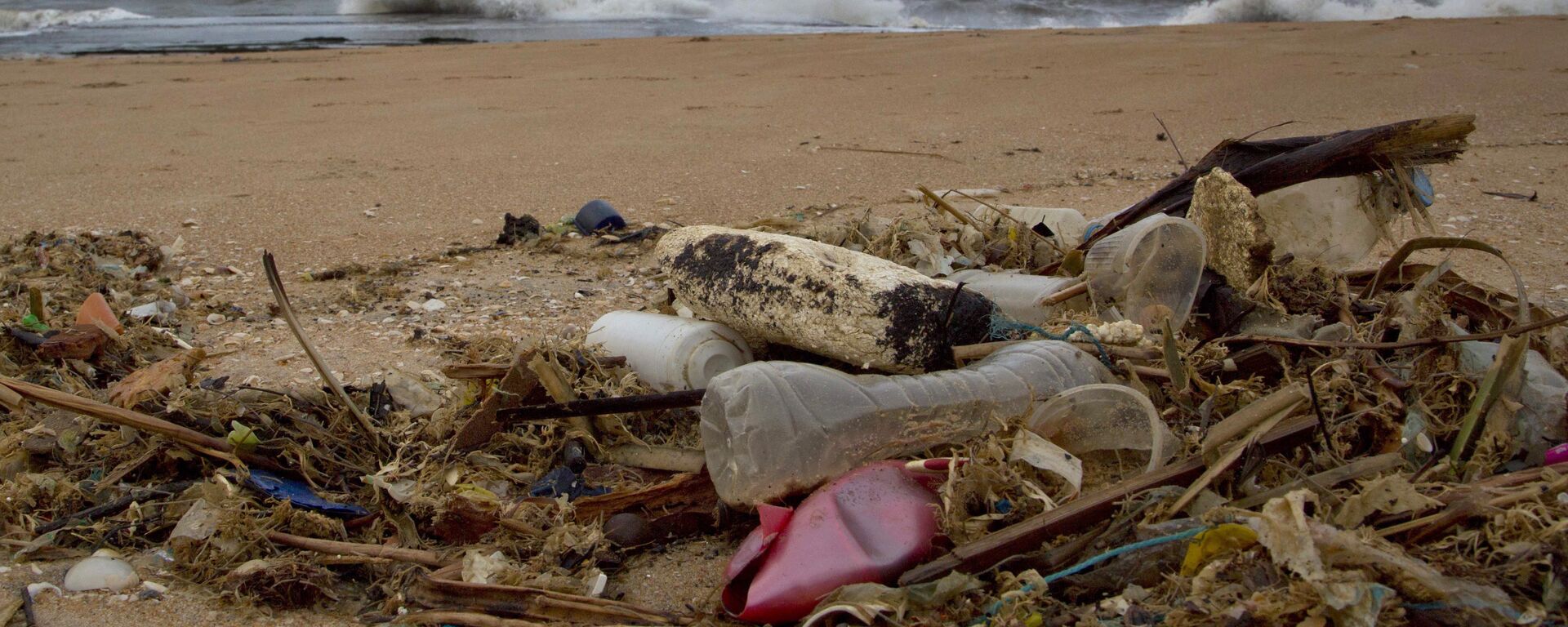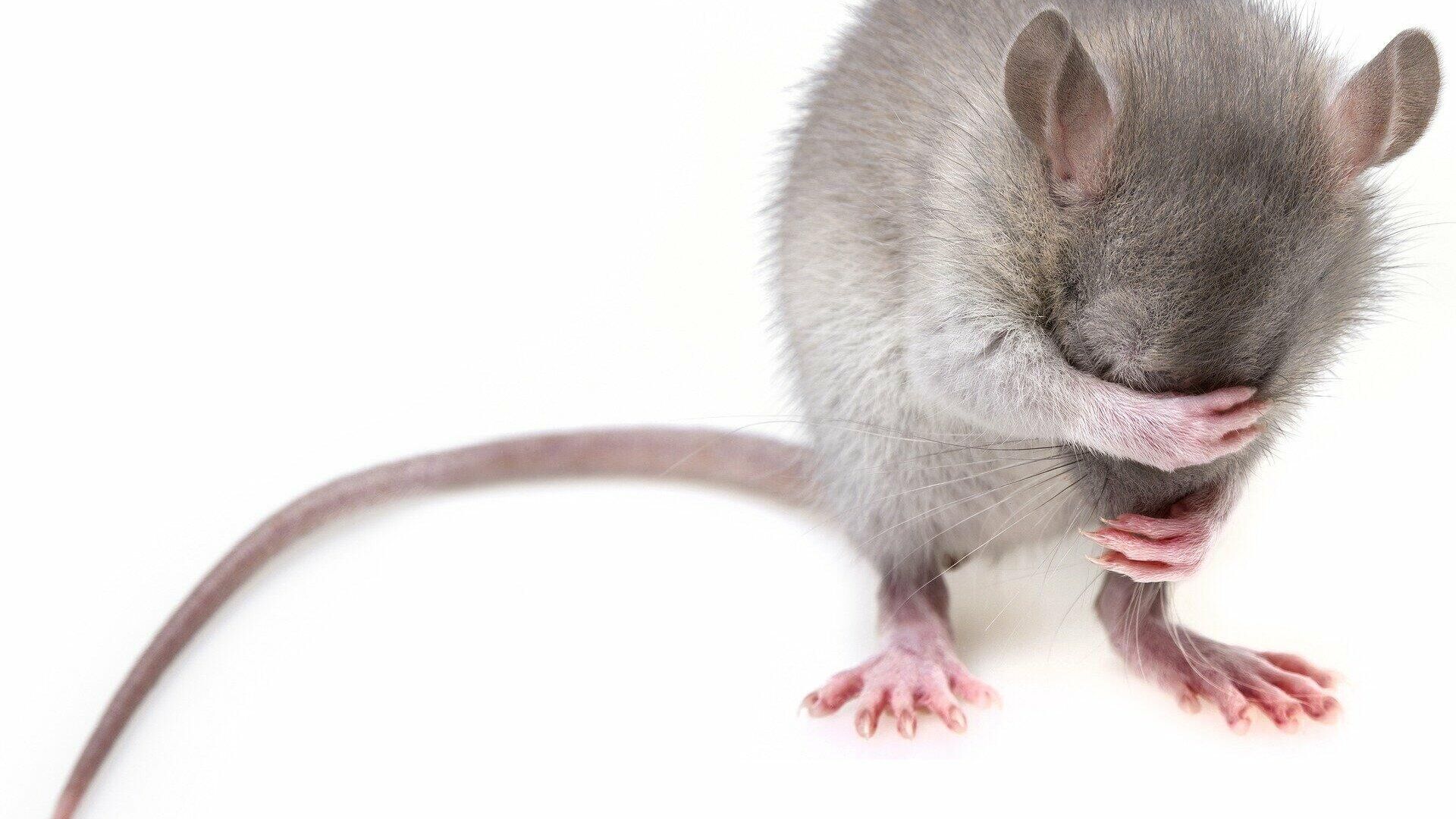https://sputnikglobe.com/20211102/male-rats-exposed-to-everyday-chemicals-develop-female-traits-1090404851.html
Male Rats Exposed to Everyday Chemicals Developed Female Traits in Scientific Experiment
Male Rats Exposed to Everyday Chemicals Developed Female Traits in Scientific Experiment
Sputnik International
In the course of experiments run by the Danish University of Technology, pregnant rats were exposed to a mixture of thirteen common chemical substances... 02.11.2021, Sputnik International
2021-11-02T05:26+0000
2021-11-02T05:26+0000
2021-11-02T05:47+0000
denmark
environment
rats
scandinavia
plastic
https://cdn1.img.sputnikglobe.com/img/07e5/09/1b/1089442627_0:177:1920:1257_1920x0_80_0_0_2685f77570feb6b1868a3106d6305a1a.jpg
Rats' sexual development changed when they were exposed to chemicals that humans are surrounded by in their everyday lives during experiments run by an international research group at the Danish University of Technology, which has been investigating the effects of endocrine disruptors.In the course of the experiments, pregnant rats were exposed to a cocktail of thirteen common chemical substances, including bisphenols (BPA) and phthalates found in plastic products. BPA is a xenoestrogen, exhibiting oestrogen-mimicking, hormone-like properties. Phthalates are sometimes called plasticisers and are used to help dissolve other materials. They are included in hundreds of products, such as vinyl flooring, lubricating oils, and personal-care products (such as soaps, shampoos, and hair sprays).Ultimately, male rats developed female characteristics, somewhat blurring the gender line."In the experiments, you can clearly see nipples which normally only females have", Sofie Christiansen explained.Aside from nipples, the distance between the anus and the genitals, which is considered a tell-tale sexual characteristic not only for rats but other creatures as well, decreased. Normally, this distance is greater in male rats than in females, those individuals exposed to chemicals became more similar to females.The Danish research only focused on how rats can be affected by everyday chemicals included in plastic. At present, there is a lack of sufficient research to be able to draw any definite conclusions about whether and how people are affected by endocrine disruptors, SVT underscored.
https://sputnikglobe.com/20200831/lost-cause-norwegian-research-sees-little-merit-in-cleaning-seas-of-floating-plastic-1080324455.html
denmark
scandinavia
Sputnik International
feedback@sputniknews.com
+74956456601
MIA „Rossiya Segodnya“
2021
News
en_EN
Sputnik International
feedback@sputniknews.com
+74956456601
MIA „Rossiya Segodnya“
Sputnik International
feedback@sputniknews.com
+74956456601
MIA „Rossiya Segodnya“
denmark, environment, rats, scandinavia, plastic
denmark, environment, rats, scandinavia, plastic
Male Rats Exposed to Everyday Chemicals Developed Female Traits in Scientific Experiment
05:26 GMT 02.11.2021 (Updated: 05:47 GMT 02.11.2021) In the course of experiments run by the Danish University of Technology, pregnant rats were exposed to a mixture of thirteen common chemical substances, including bisphenols and phthalates found in everyday plastic products. While one substance at a time showed no particular effect, a toxic cocktail made males develop female traits.
Rats' sexual development changed when they were exposed to chemicals that humans are surrounded by in their everyday lives during experiments run by an international research group at the Danish University of Technology, which has been investigating the effects of endocrine disruptors.
In the course of the experiments, pregnant rats were exposed to a cocktail of thirteen common chemical substances, including bisphenols (BPA) and phthalates found in plastic products. BPA is a xenoestrogen, exhibiting oestrogen-mimicking, hormone-like properties. Phthalates are sometimes called plasticisers and are used to help dissolve other materials. They are included in hundreds of products, such as vinyl flooring, lubricating oils, and personal-care products (such as soaps, shampoos, and hair sprays).
"When we gave one substance at a time, we saw no particular effect. But when we combined several substances, we saw serious hormonal disorders in the young rats", Danish University of Technology researcher Sofie Christiansen told Swedish national broadcaster SVT.
Ultimately, male rats developed female characteristics, somewhat blurring the gender line.
"In the experiments, you can clearly see nipples which normally only females have", Sofie Christiansen explained.
Aside from nipples, the distance between the anus and the genitals, which is considered a tell-tale sexual characteristic not only for rats but other creatures as well, decreased. Normally, this distance is greater in male rats than in females, those individuals exposed to chemicals became more similar to females.

31 August 2020, 06:17 GMT
The Danish research only focused on how rats can be affected by everyday chemicals included in plastic. At present, there is a lack of sufficient research to be able to draw any definite conclusions about whether and how people are affected by endocrine disruptors, SVT underscored.


